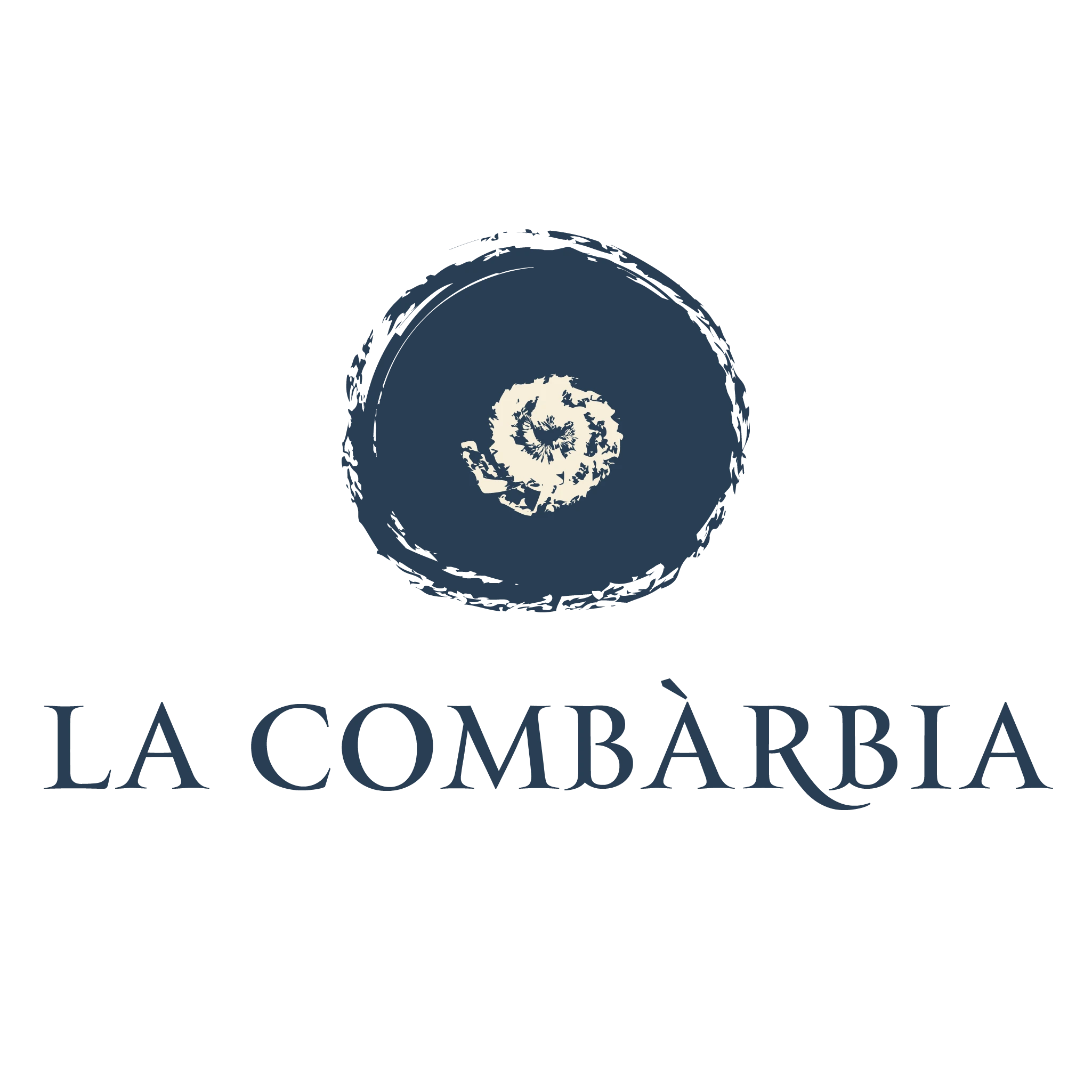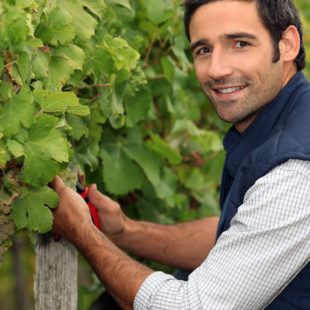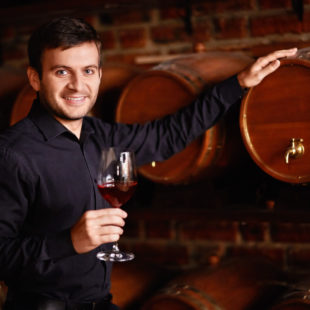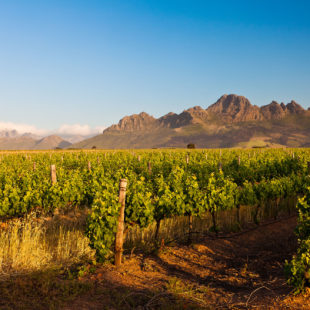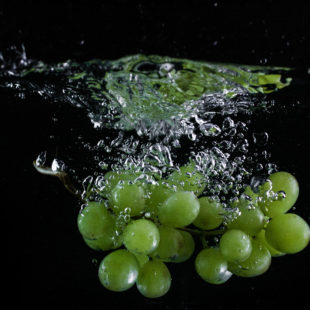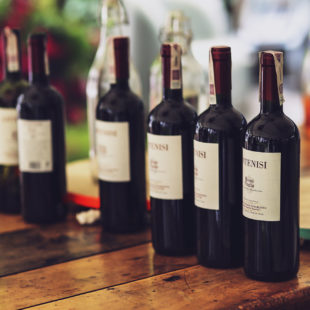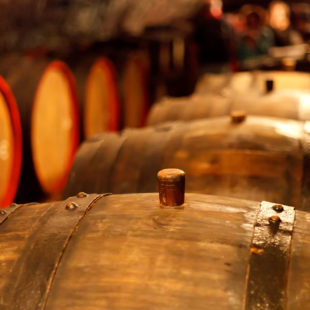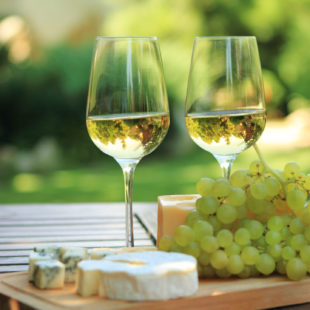Winemaking Is an Art
Crushing is the process when gently squeezing the berries and breaking the skins to start to liberate the contents of the berries. Destemming is the process of removing the grapes from the rachis (the stem which holds the grapes). In traditional and smaller-scale wine making, the harvested grapes are sometimes crushed by trampling them barefoot or by the use of inexpensive small scale crushers. These can also destem at the same time. However, in larger wineries, a mechanical crusher/destemmer is used. The decision about destemming is different for red and white wine making. Generally when making white wine the fruit is only crushed, the stems are then placed in the press with the berries. The presence of stems in the mix facilitates pressing by allowing juice to flow past flattened skins. These accumulate at the edge of the press. For red winemaking, stems of the grapes are usually removed before fermentation since the stems have a relatively high tannin content; in addition to tannin they can also give the wine a vegetal aroma (due to extraction of 2-methoxy-3-isopropylpyrazine which has an aroma reminiscent of green bell peppers.) On occasion, the winemaker may decide to leave them in if the grapes themselves contain less tannin than desired. This is more acceptable if the stems have ‘ripened’ and started to turn brown. If increased skin extraction is desired, a winemaker might choose to crush the grapes after destemming. Removal of stems first means no stem tannin can be extracted. In these cases the grapes pass between two rollers which squeeze the grapes enough to separate the skin and pulp, but not so much as to cause excessive shearing or tearing of the skin tissues. In some cases, notably with “delicate” red varietals such as Pinot noir or Syrah, all or part of the grapes might be left uncrushed (called “whole berry”) to encourage the retention of fruity aromas through partial carbonic maceration.
Most red wines derive their color from grape skins (the exception being varieties or hybrids of non-vinifera vines which contain juice pigmented with the dark Malvidin 3,5-diglucoside anthocyanin) and therefore contact between the juice and skins is essential for color extraction. Red wines are produced by destemming and crushing the grapes into a tank and leaving the skins in contact with the juice throughout the fermentation (maceration).
It is possible to produce white (colorless) wines from red grapes by the fastidious pressing of uncrushed fruit. This minimizes contact between grape juice and skins (as in the making of Blanc de noirs sparkling wine, which is derived from Pinot noir, a red vinifera grape.) Most white wines are processed without destemming or crushing and are transferred from picking bins directly to the press. This is to avoid any extraction of tannin from either the skins or grapeseeds, as well as maintaining proper juice flow through a matrix of grape clusters rather than loose berries. In some circumstances winemakers choose to crush white grapes for a short period of skin contact, usually for three to 24 hours. This serves to extract flavor and tannin from the skins (the tannin being extracted to encourage protein precipitation without excessive Bentonite addition) as well as Potassium ions, which participate in bitartrate precipitation (cream of tartar).
It also results in an increase in the pH of the juice which may be desirable for overly acidic grapes. This was a practice more common in the 1970s than today, though still practiced by some Sauvignon blanc and Chardonnay producers in California. In the case of rosé wines, the fruit is crushed and the dark skins are left in contact with the juice just long enough to extract the color that the winemaker desires. The must is then pressed, and fermentation continues as if the winemaker was making a white wine.
There’s truth in wine, and there may be some in gin and muddy beer; but whether it’s truth worth my knowing, is another question.— G.Eliot
Yeast is normally already present on the grapes, often visible as a powdery appearance of the grapes. The primary, or alcoholic fermentation can be done with this natural yeast, but since this can give unpredictable results depending on the exact types of yeast that are present, cultured yeast is often added to the must. One of the main problems with the use of wild ferments is the failure for the fermentation to go to completion, that is some sugar remains unfermented. This can make the wine sweet when a dry wine is desired. Frequently wild ferments lead to the production of unpleasant acetic acid (vinegar) production as a by product.

